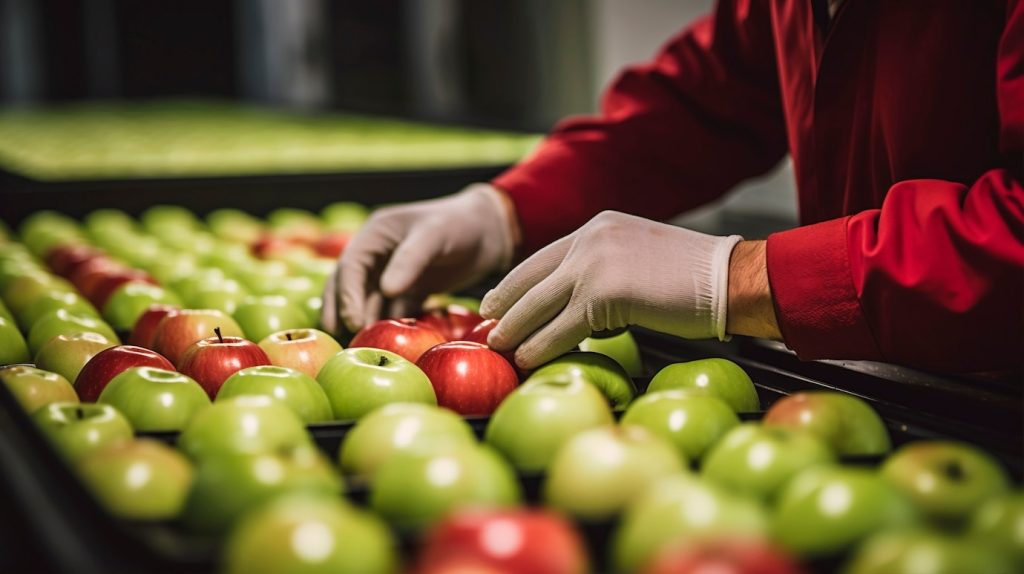The fresh produce supply chain faces numerous challenges, and ensuring the optimal condition of fruits and vegetables from farm to kitchen is a complex task. In this article, we explore the obstacles associated with transporting fresh produce and emphasize the critical need for real-time visibility into the location and condition of shipments.
Transporting fresh produce involves navigating a series of challenges, starting with the delicate nature of the goods. The cold chain, which regulates temperature and humidity, is crucial to prevent spoilage and damage during transportation. Specific packaging is required to maintain freshness, and improper packing can result in rejected shipments, leading to increased maintenance costs for specialized equipment and trained staff.
Maintaining food safety throughout the journey is paramount, as deviations from regulations can result in financial and legal repercussions. The fresh produce market is highly competitive, requiring companies to innovate while improving supply chain efficiency to stay ahead. Meeting the rising demand for fresh and nutritious food poses an additional challenge, necessitating optimized inventory management to minimize waste.
Specialized labor shortages, particularly in the cold chain, make it challenging to secure qualified staff, leading to potential inefficiencies and financial losses. Multi-factor condition tracking, including monitoring temperature, humidity, light exposure, and shock absorption, becomes essential to ensure the freshness of perishable goods.
The current track-and-trace methods generate a vast amount of data, but without proper analytics, this data remains underutilized. An advanced, cloud-based platform is needed to analyze metrics accurately, identify trends, and optimize operations. Siloed data can slow down the supply chain, emphasizing the importance of a holistic approach to data analysis.
To address these challenges, the article provides several tips for improved fresh produce shipping. Data transparency is crucial, ensuring that accurate information is accessible to all stakeholders in real time. Appropriate packaging tailored to temperature and humidity requirements is essential, and different types of fresh produce should not be shipped together due to varying needs. Regular maintenance of equipment, along with proper employee training, is emphasized for successful fresh produce transportation.
Real-time location and condition visibility emerge as a game-changer in overcoming these challenges. Stakeholders benefit from continuous condition data, live monitoring, end-to-end tracking, proactive alerts, and improved collaboration along the supply chain. The article highlights the tangible benefits of real-time visibility, such as cost savings, energy efficiency, and reduced food waste, contributing to sustainability efforts.
The success stories of companies implementing real-time visibility, like Alpine Fresh, underscore the transformative impact of this approach. The use of advanced tracking technology saved significant amounts on shipments, demonstrating the tangible return on investment and the potential to rescue shipments that would otherwise be rendered useless.
In conclusion, the fresh produce supply chain faces numerous challenges, from temperature control and packaging to labor shortages and fierce competition. Real-time visibility emerges as a crucial solution, offering continuous monitoring, proactive alerts, and improved collaboration. By embracing advanced tracking technology and data analytics, stakeholders can not only overcome challenges but also achieve cost savings, energy efficiency, and enhanced sustainability in the transportation of fresh produce.
